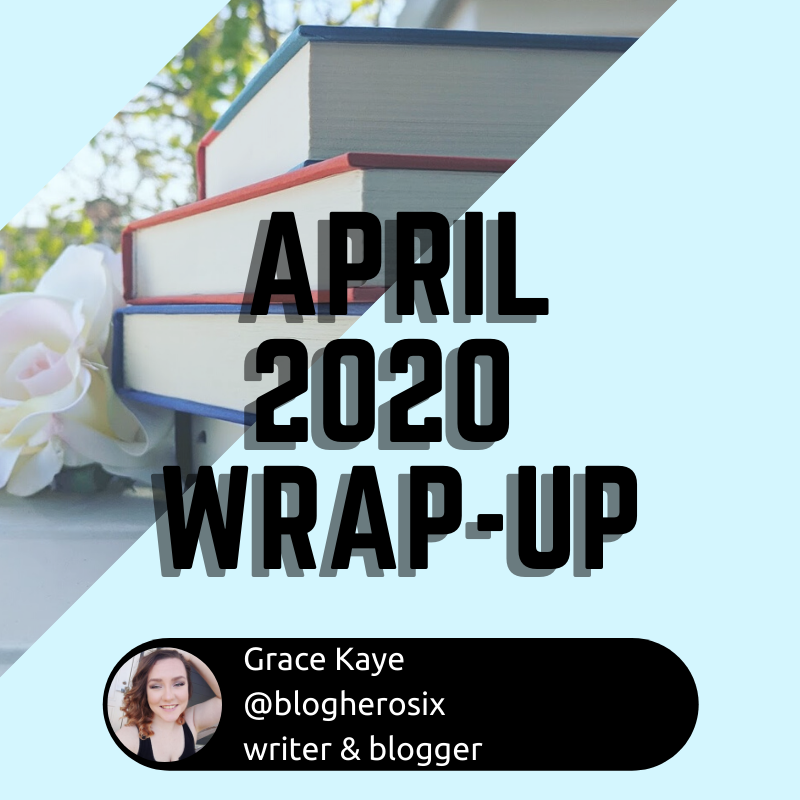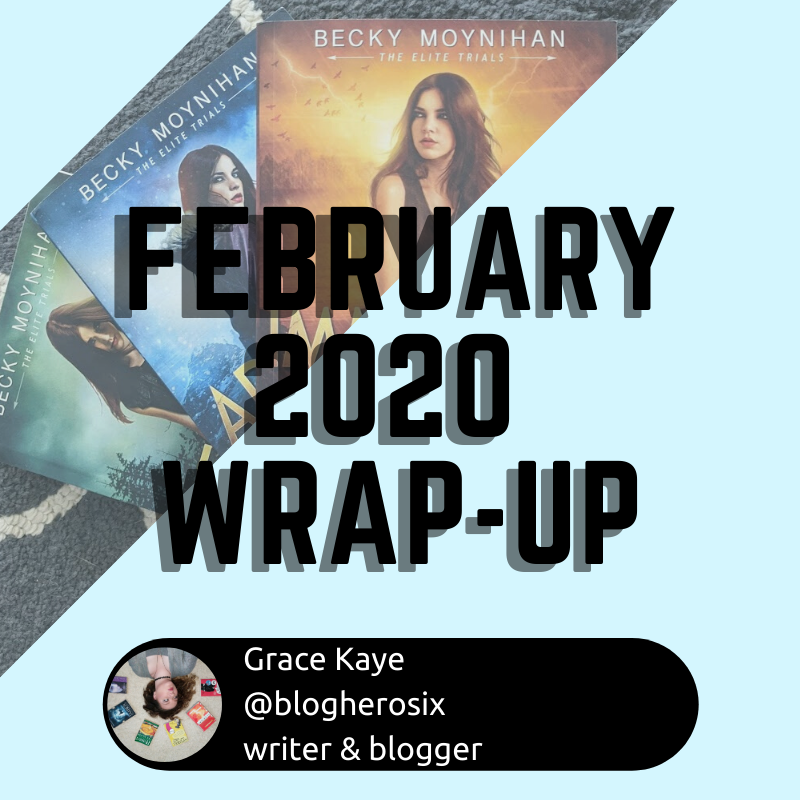Four Ways to Handle Multiple POVs
- Grace Kaye

- Jan 15, 2017
- 4 min read

He said. She said. I said. You said? ...Perspective is weird man.
A lot of times when I’m reading I barely even pay attention to the point of view. If a book is written well enough, changing perspective
appears seamless. But when I’m writing? I'm riding that POV struggle bus.
In my current work in progress, I have flipped back and forth between every point of view you can think of, except second person, because I don't want you in my story. Sorry. But everything else? I’ve tried it.
However, point of view is so important to your storytelling. In some cases, it can make or break the narrative. I never even finished Stephanie Meyer's Breaking Dawn because all of a sudden we were in Jacob’s head, and Bella's perspective was depressing enough without Jacob boring me to death. Don’t be Stephanie Meyer. I mean at least not Breaking Dawn Steph Meyer. But I wish you the rich and famous Steph Meyer.
Anyways, this is what I fear for my own story, because it would just not be complete if I stuck to one character’s perspective. But how the heck do you alternate multiple points of view without making it clunky and weird?
I looked to my favorite authors for help. Naturally.
Also, possible *spoiler alert* for this first one.
First, we have Markus Zusack, particularly his work in The Book Thief. This book is PHENOMENAL and I highly recommend, even if you don’t think you like historical fiction. It is seriously brilliant. The book follows a girl names Liesel Meminger in Nazi Germany as her family hides a Jewish man in their basement. The point of view seems like it is third person omniscient for awhile, until you realize it is actually a first person narrator who is pretty omniscient himself. The narrator is Death personified, telling you the story of a girl who intrigued him during a rather busy time in his career. This could be one method of getting across multiple points of view in the story. You can have a narrator that knows all, so the reader can be distanced in and out of characters’ lives as the story unfolds.
I considered this for my WIP as well, even writing a few chapters this way. It was from the perspective of a character who dies early on and watches everything that unfolds after his death…yeah, not a great look. I scrapped that quick.
You can do the Jodi Picoult method, in which you have a single character using first person perspective, but occasionally switch to a third person point of view to look at other characters. She does this in a few of her novels, including the book I read recently, Perfect Match. In this story, the main character is a mother whose little boy is raped, so she takes justice into her own hands. We are in her head for a great deal of the story, but every once in a while the story cuts away to a third person point of view to describe events unfolding which she doesn’t know about. Or is she imagining things happening that way? Man, I don’t know, but despite how weird this method is, it totally worked for the book. Considering the fact that I’m not Jodi Picoult and I don't love writing in first person, I’ll stick to other methods.
Similar to the Jodi Picoult method is the way Sarah J. Maas handles perspective in her novel Throne of Glass. In this method, most of the novel is written in third person deep POV from the main character’s perspective, but occasionally there will be short snippets of what is going on in other characters’ heads. The whole book is in third person so it all blends together pretty seamlessly, and we get a diverse look at how different characters are forwarding the plot in their own ways. In later books, her characters are scattered across the world, and we basically get different stories from each of them. I particularly like this method for my WIP.
And then the last but not least of writers who rock multiple POVs, Scott Westerfeld. My man. I recently re-read the Leviathan series (gold, I tell you) and a lightbulb went off in my brain. In this series, Westerfeld follows two main characters, Aleksander of Hohenberg and Deryn Sharp. They are on opposite sides of the first World War set in an alternate timeline where fabricated creatures and steampunk inventions rule the world. He is formulaic about the perspectives in this series: it is third person deep POV from only these two characters’ perspectives, but it switches back and forth every two chapters. It works extremely well for this story, especially with how unique these two characters' voices are. It is easy to follow, knowing that every two chapters the perspective switches. Sometimes the characters are together, following the same events with different thoughts, but other times they are far apart and their stories take different paths.
This is the perspective that most helped me settle on a point of view for my work in progress. I have three characters with unique perspectives on the revolution that rages around them in their world, and it is important to hear all of their voices to complete the story.
So there you have four methods of using multiple POVs from the masters. In each of these books, the point of view serves a narrative purpose that changes the story entirely. Think about point of view carefully, because it could make or break your novel.
Peace out,
Grace










Comments